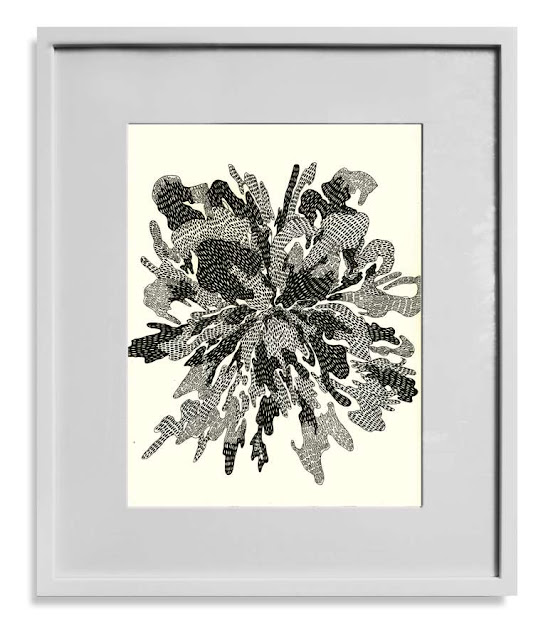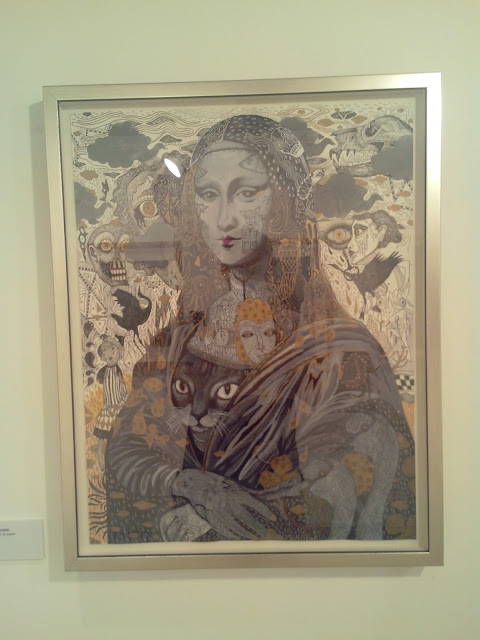The very threshold of
contemporary Independent Films takes pride from Ang Pagdadalaga ni Maximo Oliveros, a story of a youthful love of a
gay to another older man. Last year
Cinemalaya 2012 created a canon out of Bwakaw, a story of an old man inside the
closet and the alienation of not coming out. Cinemalaya, unshaken by the norms
and conventions set by society, serves as an open avenue for the propagation of
gay art or gay centered art. By this, some would even mistake independent films
as gay oriented movies. Currently, a gay movement within the borderless
confines of Cinemalaya has not been lost nor eradicated. It underwent a very Kafkaesque
metamorphosis from the darkness of a closet, perks of coming out to the
rudiments of their challenged existence. Now, Eduardo Roy Jr. establishes a new
identity and a new perspective to patrons of film. Something that transcends
our notion of gay – their struggle against the aesthetics set by Divine
providence. This is Quick Change. It shatters the gay film stereotype.
Our
conformity with our world of technology is manifested by our lust for immediate
response. The title of this film dignifies the patronage of transgenders to renewal
of their physical attributes defying their origin and future (from being a man
and to be old). Quick in today’s context would mean two things abrupt and affordable.
Ergo, they fall in line to Dorina’s offer. Painfully accepting their bereft
from origin and their future. This is the assumed bedrock of their existence. Whether
it is money or anything that deters them they will do everything to conquer
this queer desire. What we are now describes our absurdity, our non conformity
with the nature and our volition over the Divine. This is the great alteration of
man the setting of a mortality of the dictates of heaven – no longer do we
consider old fashioned obedience.
Quick
Change bequeaths gay community as a microcosm of the society that bend on unlimited
and illogical consumption. The dilemma is actually caused by machinations of
ruling forces that create an illusory answer to their impossible endeavor.
Science has not yet confirmed a full validity of sex implantations or any such
neo eugenics. They lure consumers to fill a bucket infested by holes. It is
therefore the modern depiction of the capitalist treachery towards a lost
market. That despite a prohibition the ‘pagpapaturok’ continues.
Popular
culture of the ruling class hypnotizes the people to prioritize beauty over
their very own safety. In the fear of being out dated and ostracized the follow
to an enforced tide. Much like of the workers who settle on dangerous
workplaces for filial sustenance. The film opens our senses to a vast reality
that gravely needs action- a visible force.
In
the movie are scenes of the Virgin Mary, religious processions, and other
Church related activities. Director Roy, vividly pictures our society that
appears to be religious but is amoral. The fraud, unwanted relationships, and
greed are too much to be concealed by mere prayers without a reconstructive
repentance. No matter how many rosary bead you are in contact with, it all ends
with how one destroys and creates life. You cannot sugarcoat the dark shadow in
us.
A
prototype family of Dorina, his boyfriend, and Hero build a deconstruction of
the holy family. Dorina, though not a Virgin, assumes the responsibilities of
parenthood of another. She rears a child she never begot. She visits many Elizabeths
in different spots with a syringe. One thing would not be sure, if she would be
hailed as saint. His boyfriend takes them not by a donkey but by a motorcycle.
He unfaithfully executes being a father. Hero in parallel with Jesus builds a
different angle, an angle of innocence that their family fails to reach.
If
this would be Phillippine Cinema, then we have a better future ahead.



















































.jpg)











 Ian Harvey Claros
Ian Harvey Claros